Urgent Care Centers | CPT Coding Guidelines (2023)
Urgent Care Centers are the Facilities that delivers Outpatient Medical Care usually for the conditions that does not require Hospital admission.
Urgent care centers are primarily used to treat patients with acute and chronic injury or illness (that are not life-threatening conditions for the patient) that requires immediate attention.
Urgent care Facilities are designed to treat Unscheduled / walk-in patients that normally serves 24/7 a week.
Urgent care Centers are also known as After-Hours Facility that serves Non-emergency conditions that includes:
- Fractures / Sprain / Strained / Twisted Ankles and other joints
- Cuts, Minor injury and Lacerations
- Cold, Cough and Sore throat
- Burns and Skin Rashes
- Ear infection
- Incision and Drainage of Abscess
- General Wound Care
- Insects / Animal bites
- Mild Asthma
- Allergies
- Fever / Flu symptoms
- Swine Flu / H1N1
- Destruction of Warts etc
- Immunizations & vaccinations
- Heath Services (includes physical examinations) for Children, Men and Women
Urgent Care Billing
Urgent care services are coded based on the level of services rendered by the physicians to the patients similar to a physician office visit (CPT 99201 – 99215).
Most of the insurances reimbursement would be based on a Flat rate method that combines the services and other procedures performed on the same day.
Few carriers reimburse the Urgent care centers based on the level of services and are normally categorized as three levels.
BCBS of Florida would be an ideal example for such reimbursements where the CPTs 99201-99202 & 99211-99212 are categorized as Level 1, CPTs 99203 & 99213 would have a reimbursement rate higher than Level I and are categorized as Level II services and 99204-99205 & 99214-99215 would have a greater reimbursements than Level I and Level II and are categorized as Level III services.
Please refer reimbursement rates provided by Florida BcBs for Urgent Care Centers at http://www.bcbsfl.com/DocumentLibrary/Providers/Content/T_ACFSUCC1108.pdf
Just an idea for the Coders on these three Levels of services:
1. Level I / Triage care (Minor Problems): If only Evaluation and Management services are rendered to the patients with no diagnostic tests
2. Level II / Intermediate care (Moderate): If injections and vaccines, splinting are given along with E & M services
3. Level III / Complex care (severe): IF IV infusion, sutures are performed along with E & M services
FAQ’s
What Is The difference Between Emergency Departments And Urgent Care Facilities?
Emergency departments are part of Hospitals that provides care to the patients with critical conditions.
Such conditions can be:
- heart attacks;
- Motor Vehicle Accidents;
- Poisoning;
- Suicidal attempts; and
- other such Life-threatening conditions.
Urgent Care Facilities serves the patients with Non-emergency conditions but requires immediate attention i.e., a relatively short period of time (which CMS defines as 12 hours) to avoid adverse consequences.
Emergency services are defined as being services furnished to an individual who has an emergency medical condition.
Under the regulations at 42 CFR §424.101, hospital emergency services are defined as services that are necessary to prevent death or serious impairment of health and, because of the danger to life or health, require use of the most accessible hospital available and equipped to furnish those services.
Urgent Care Services are defined in 42 CFR 405.400 as services furnished within 12 hours in order to avoid the likely onset of an emergency medical condition.
Urgent Care CPT Codes | Urgent Care Billing Guidelines CMS
Can we bill CPT 99281 – 99285?
Do not code 99281 – 99285 for the services rendered in the Urgent Care Center since these codes represents the emergency services rendered in the Hospitals and are reimbursed in POS 23 (Emergency room) and not to be used in the POS 20 (Urgent Care Facility).
Should we need to bill CPT S9083 for all patients?
CPT S9083 represents all the service(s) and or procedure(s) performed on a particular day and it is not necessary to report this CPT for the carriers if the reimbursement is based on the Level of services.
CPT S9083 would be reported to the insurances where the reimbursement is based on the Flat rates (Global Fees) and if the insurance ask the providers to do so as per the contractual agreement.
CPT S9083 bundles all services rendered in an Urgent Care center – whether the visit might be for a hangnail or a heart attack.
This methodology of reporting CPT S9083 might be a financial drop for Urgent Care Centers.
As a precaution the Urgent Care Centers should request a modification on case-rate coding and to get the list of Carve-out codes in addition to the global reimbursement on CPT S9083. CPT S9083 is not valid for Medicare and Medicaid insurances.
What Are Carve-out codes?
Carve-out codes represents the services or the procedures that has to be separately reimbursed other than the Global Fee contract agreement.
The Carve-out codes are similar to Medicare’s Carve-out Preventive Services.
When CPT S9088 should be billed?
CPT S9088 could be billed to all unscheduled, walk-in patients to the urgent care centers.
This CPT should not be billed alone since it is an add-on code and should be billed with other services rendered on the same day unless restricted by contract or regulations. CPT S9088 is not valid for Medicare and Medicaid insurances.
Can we bill CPT 99058 and 99050?
Do not bill CPT 99058 and 99050, as they would not be paid separately as Urgent Care Centers itself refers to an After-Hours Facility.
Can We Bill CPT 99211 In Urgent Care Centers?
Yes we could bill CPT 99211 if the patient comes for a BP check, PPD Test / reading, Refills, B12 injections etc., where the presence of physician may not required.
Can We bill Post Operative Services?
No, postoperative services neither be billed to the insurances nor to the patients unless the patient is encountered for a different reason within the Global period of previously performed surgery.
Does Authorization And Referral Required For Urgent Care Visits?
Not required.
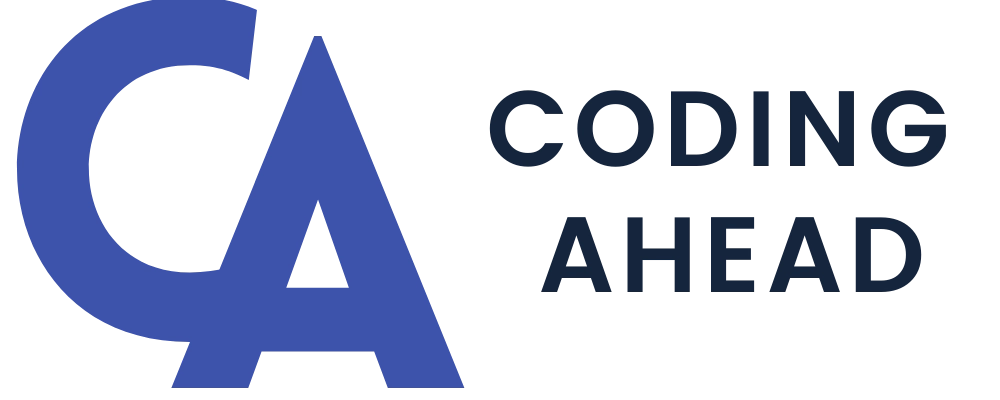
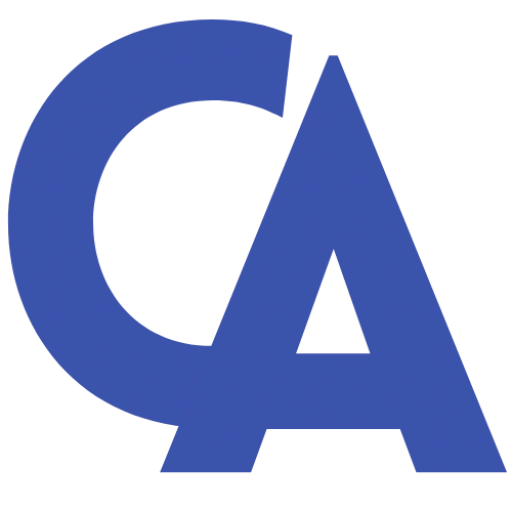

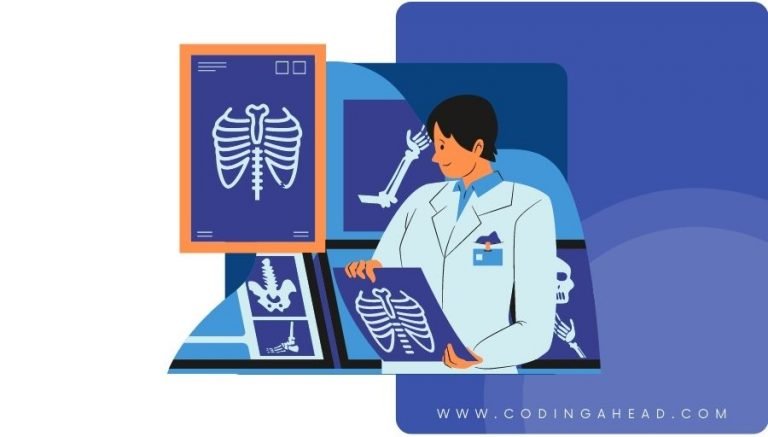
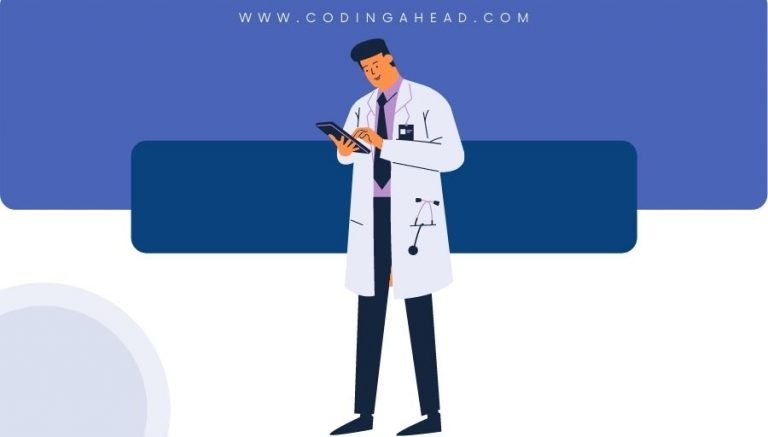
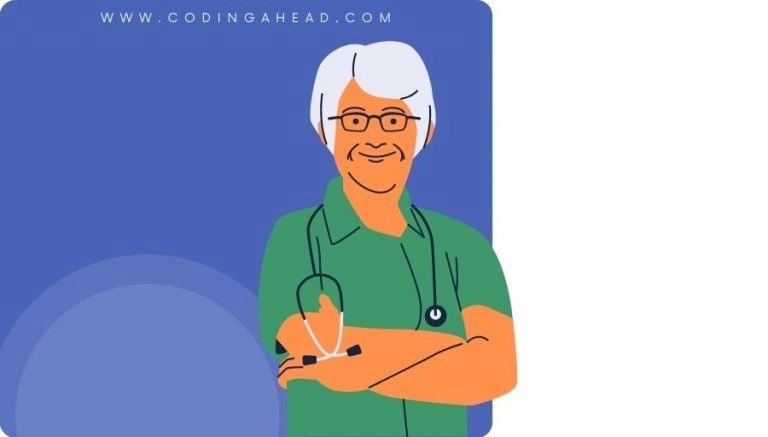
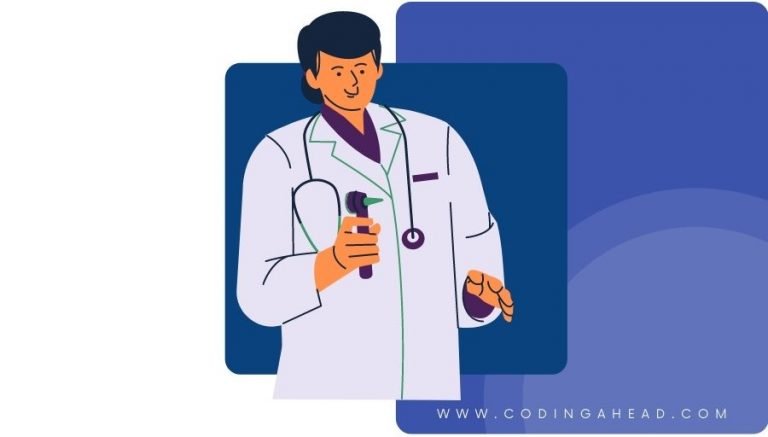
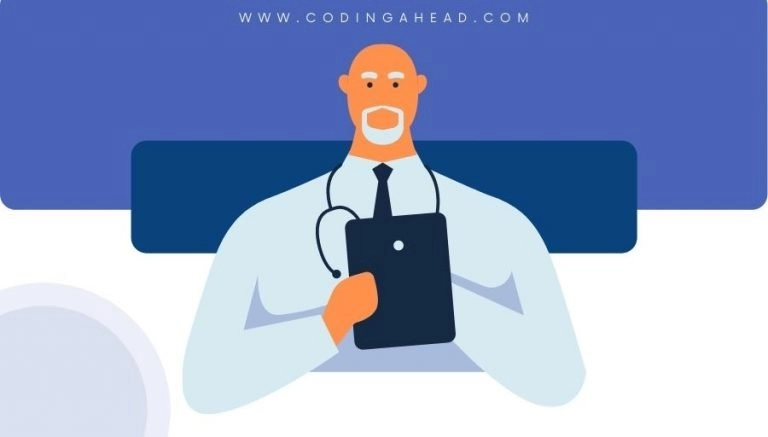
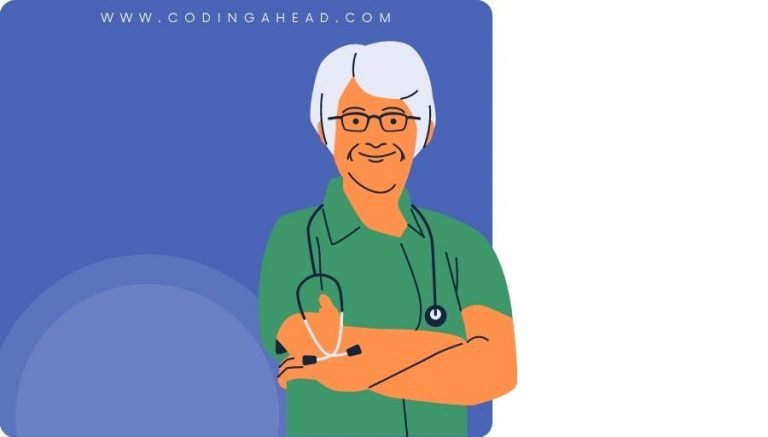
This is excellant information. Can you tell me if I can code S9083 and S9088 as a family practice provider who place of service is 11 but sees patient for urgent care issues. Due to our clinic being the only facility within 5 hour drive of the nearest ER or urgent care clinic.
We have a lot of tourist from the mainland visit Hana in Maui, HI and the insurance does not pay us because I cannot code emergency or urgent care codes.
Any advice on how I should code for this would be helpful.
Hi Terri, sorry for the late reply. We missed your question. You can ask your questions here: https://www.codingahead.com/ask-a-question/. We’ll make sure it will be answered within 48 hours.